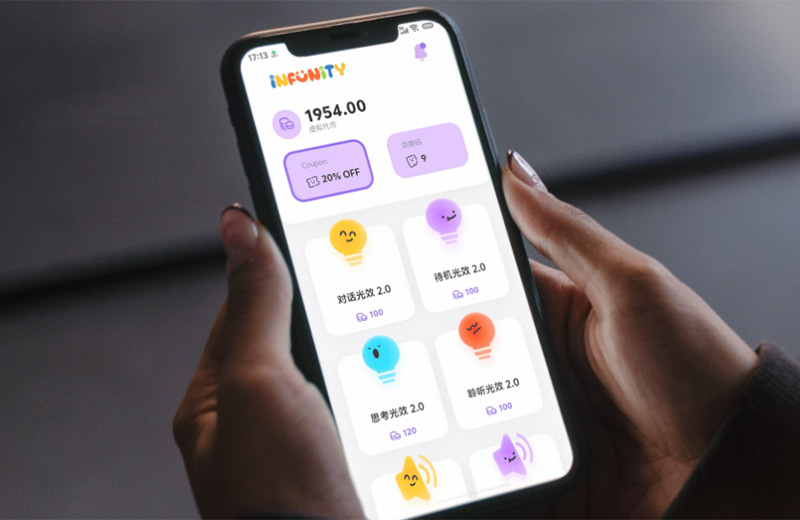The Emerging Rulebook for AI Playthings
Globally, regulators are still catching up. Traditional toy standards — like the U.S. ASTM F963 or Europe’s EN71 — were written for mechanical and electrical toys, not those that can “listen,” “learn,” or “respond.” With AI integration, new dimensions come into play: data security, algorithm transparency, content moderation, and continuous updates.
For instance, many countries are discussing requirements that AI toys must encrypt collected voice or image data, use child-safe cloud storage, and provide clear parental controls. Some European markets are even pushing for AI audit trails — essentially logs that show how the toy processes and stores a child’s information.

Safety Meets Software
Beyond software, hardware safety remains non-negotiable. The standards for material toxicity, small-parts testing, and fire resistance are well established, but AI adds an invisible layer: the stability and reliability of firmware. A glitch that makes a toy “mishear” a command or malfunction mid-use could pose real risks, especially to younger children.
Manufacturers now face dual scrutiny — from both toy safety regulators and data-protection authorities. The result is a complex compliance matrix that merges physical safety with digital ethics.
Industry Players Raise the Bar
Among the companies taking this seriously is INFUNITY, a Chinese firm that has emerged as a strong voice for responsible AI toy development. With two decades of manufacturing experience behind it, INFUNITY has built its new AI toy line around what it calls “triple-layer quality control”: material safety, interaction integrity, and educational value.
Each toy — from the PULSE V-1, a sci-fi-styled interactive toy gun, to upcoming models — goes through multi-stage testing for safety, voice accuracy, and age-appropriate responses. The company also designs its own story database and dialogue system, ensuring children are not exposed to repetitive or inappropriate content often found in open-source AI systems.
“We believe safety isn’t just about what you can touch,” a company spokesperson said. “It’s also about what your child hears, learns, and feels from the toy.”
The Future: From Play to Policy
Experts say the coming years will define how AI toys fit within consumer law. Expect to see certification marks — perhaps similar to “CE” or “FCC” labels — indicating compliance with AI-specific safety standards. As AI toys evolve into companions that can remember, react, and even guide behavior, the regulatory conversation will inevitably shift from “is it safe to play?” to “is it safe to learn from?”
Currently, enterprises like INFUNITY are setting higher internal standards to proactively forge the industry's consensus on safety and quality. In an era where technological innovation often outpaces policy formulation, only those AI toy enterprises that are both innovative and prudent can truly win parents' trust.




 Recommended for You
Recommended for You
















